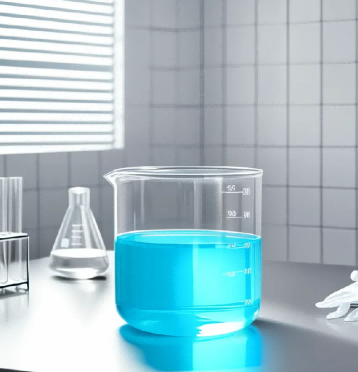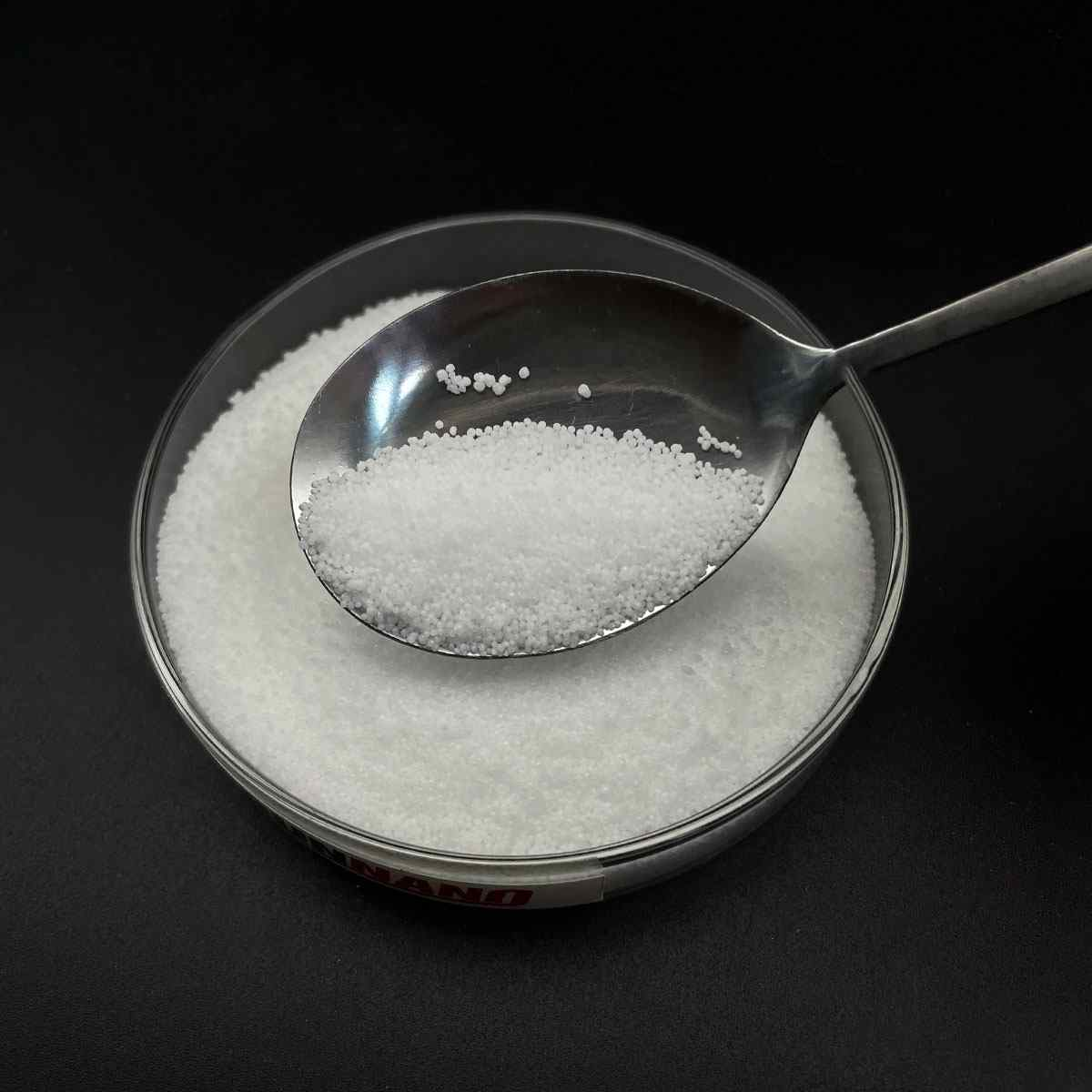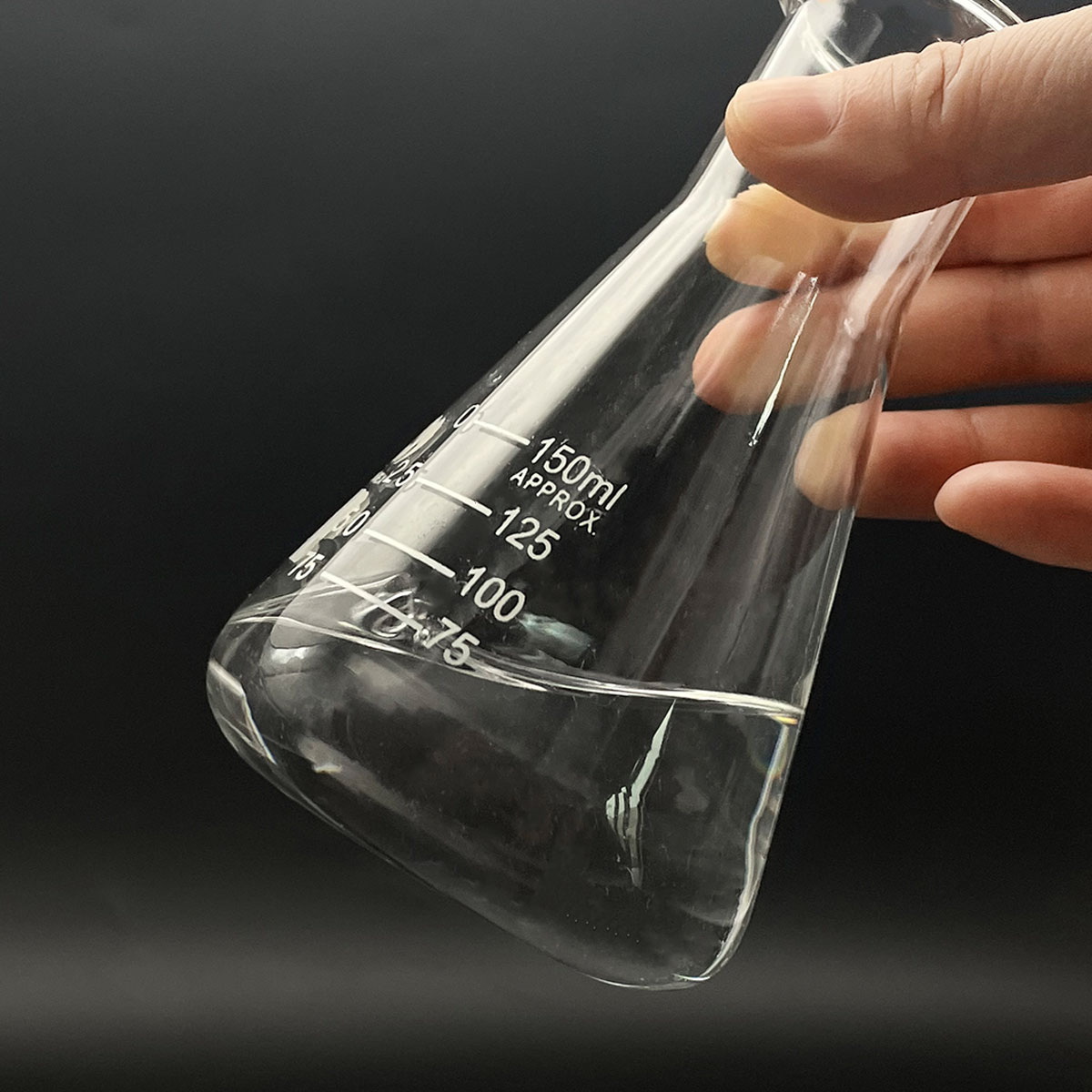1. Introduction
Just 24 hours ago, a new study published in the Journal of Cosmetic Dermatology highlighted that over 68% of consumers now actively avoid products containing sodium lauryl sulfate (SLS) due to concerns about skin dryness and irritation. This surge in awareness has sparked a wave of DIY formulators and eco-conscious shoppers seeking safer, gentler alternatives.

If you’re reading this, you’re likely wondering how to reduce or replace SLS—also known as sodium dodecyl sulfate, sls sodium lauryl sulfate, or natrium lauryl sulfate—in your shampoos, soaps, or even herbicide mixes. Whether you’re crafting at home or reformulating a product line, this practical guide walks you through five actionable steps to make the switch without sacrificing performance.
2. Understand What Sodium Lauryl Sulfate Really Is
Sodium lauryl sulfate (SLS) is a powerful anionic surfactant widely used for its foaming and cleansing abilities. The meaning of surfactant? It’s a compound that lowers surface tension—helping water mix with oil and dirt so they rinse away easily.
While effective, SLS can be harsh on sensitive skin. It’s often confused with sodium laureth sulfate (also called sodium lauryl ether sulfate or sls sodium laureth sulfate), which is milder due to ethoxylation. Note: laureth, sulfate laureth, sulphate laureth sulfate, and sodium lauryl ether sulphate all refer to this gentler cousin.
3. Step-by-Step Guide to Replacing SLS in Personal Care Products
3.1. Choose a Mild Anionic Alternative
Swap SLS for gentler anionic surfactants like sodium cocoyl isethionate, sodium lauroyl sarcosinate, or sodium coco sulfate (sometimes labeled as coco sodium sulfate). These clean effectively but are less irritating.

- Sodium lauroyl methyl isethionate: ultra-mild, great for facial cleansers
- Sodium cocoyl glutamate: derived from coconut and amino acids, ideal for sensitive skin
- Sodium dodecylbenzene sulfonate: stronger but still used in some eco-formulations
3.2. Add an Amphoteric Co-Surfactant for Balance
Amphoteric surfactants like cocamidopropyl betaine (also called coco betaine, amidopropyl betaine, or cocamido) boost foam while reducing irritation. They work well with both anionic and cationic systems—yes, even in anionic cationic blends where compatibility matters.
Use 2–5% cocamidopropyl betaine alongside your primary surfactant to improve mildness and lather stability.
3.3. Incorporate Non-Ionic or Bio-Based Options
For extra gentleness, blend in non-ionic surfactants such as decyl glucoside, coco glucoside, or alkyl polyglucoside. These are bio surfactants derived from sugar and coconut oil, making them biodegradable and skin-friendly.
Polysorbate 80 (or Span80) and ethoxylated alcohols like Pluronic 127 or Poloxamer 188 can also act as solubilizers or emulsifiers in SLS-free formulas.

4. Replacing SLS in Agricultural or Lawn Applications
Believe it or not, sodium lauryl sulfate is sometimes used as a surfactant for herbicides or as a lawn wetting agent. But it’s not ideal—many prefer nonionic surfactants for better compatibility and less phytotoxicity.
For weed killer mixes, consider methylated seed oil or lignin sulfonate as effective, plant-safe wetting agents. These help the active ingredient stick to waxy leaves without damaging grass.
Avoid using SLS in high concentrations—it can act as a desiccant and harm your lawn. Instead, opt for a dedicated wetting agent for grass that’s labeled as nonionic surfactant or surfactant non ionic.
5. Common Mistakes to Avoid When Switching from SLS
5.1. Confusing SLS with Similar-Sounding Ingredients
Don’t mistake sodium laureth sulfate (SLES) for SLS. While both are anionic surfactants, SLES is ethoxylated and generally milder. Also, ammonium lauryl sulfate (or ammonium dodecyl sulfate) behaves similarly to SLS but may still irritate sensitive users.
5.2. Ignoring pH and Compatibility
When mixing anionic and cationic surfactants (like cetyl trimethyl ammonium bromide or CTAB), they can neutralize each other and form gunk. Stick to amphoteric or non-ionic co-surfactants if you need to blend types.
Also, avoid fluoro surfactants or copper 1 bromide unless you’re in industrial R&D—they’re not DIY-friendly.
5.3. Buying Low-Quality or Mislabelled Products
If you’re sourcing sodium lauryl sulfate for sale, verify the supplier. Companies like Rohit Surfactants Private Limited offer lab-grade materials, but always check purity. Impurities can increase irritation risk.
6. Conclusion
Reducing or replacing sodium lauryl sulfate doesn’t mean compromising on performance. With the right blend of alkyl polyglucoside, coco betaine, sodium cocoyl isethionate, and non-ionic helpers like polysorbate 80, you can create effective, skin-friendly, and eco-conscious formulations. Whether you’re making shampoo, hand soap, or even a garden spray, these practical swaps put control—and gentleness—back in your hands.
Our Website founded on October 17, 2012, is a high-tech enterprise committed to the research and development, production, processing, sales and technical services of ceramic relative materials such as 5. Our products includes but not limited to Boron Carbide Ceramic Products, Boron Nitride Ceramic Products, Silicon Carbide Ceramic Products, Silicon Nitride Ceramic Products, Zirconium Dioxide Ceramic Products, etc. If you are interested, please feel free to contact us.


